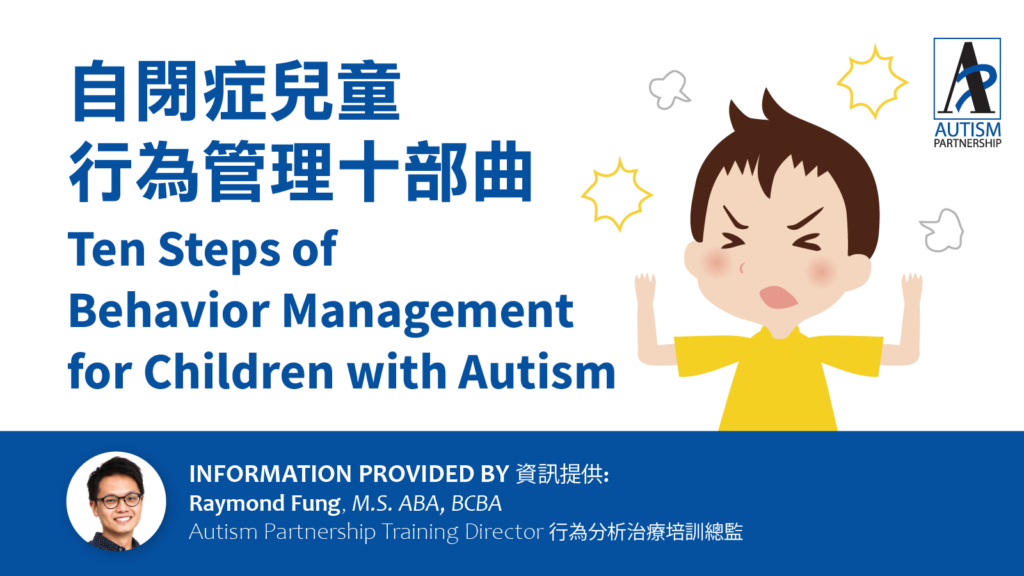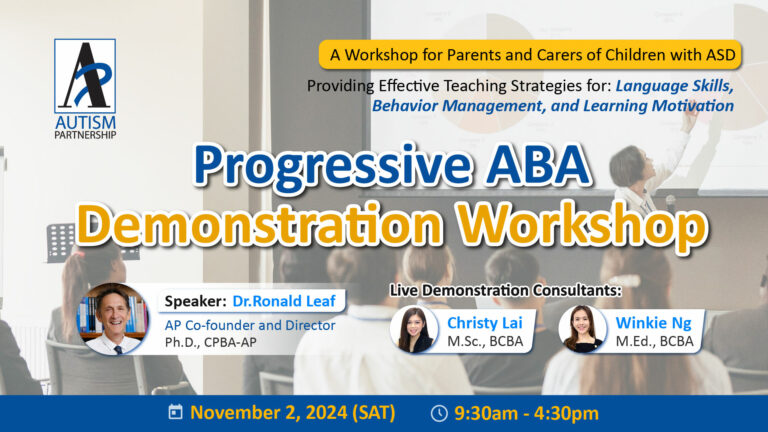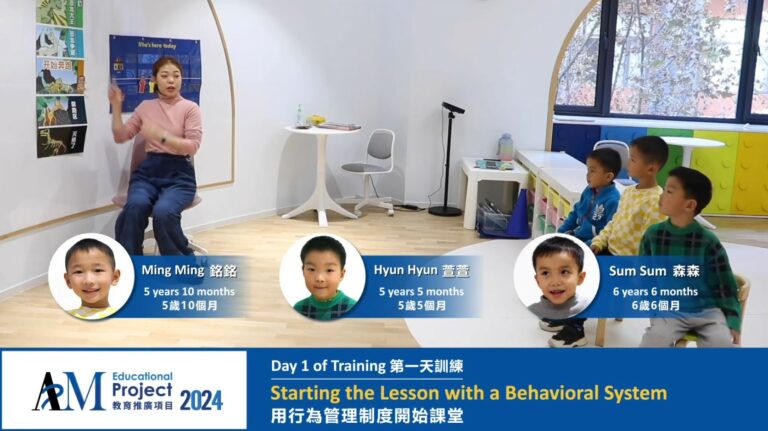
During the epidemic period and after school resumes, due to changes in the way of living and learning caused by home restrictions, coupled with the psychological pressure, many parents have reported that their children have repeated behavior problems of varying degrees such as non-compliance, temper tantrums, and even aggression towards others or themselves. These behaviors not only hinder children’s learning and socialization, but also affect their emotion, safety, other people and the surrounding environment. Hence, the behaviors must be addressed as early as possible.
Behavioral issues are complicated, constantly changing and are affected by many different factors. Behavior management strategies are diverse and vary from person to person. The following ten steps hopefully can help address different behavior problems of children with autism:






The APM Educational Program offers a 5-day professional behavior intervention training, provided by AP at no cost, for children with autism. This year, we have invited three 5-6 years old children with ASD to join the APM Educational Project. While the three children each present unique challenging behaviors, a common thread among them is difficulty […]
Please share to let more people learn about ASD and ABA therapy:
All information received will always remain confidential. We will contact you as soon as we review your message. Thanks